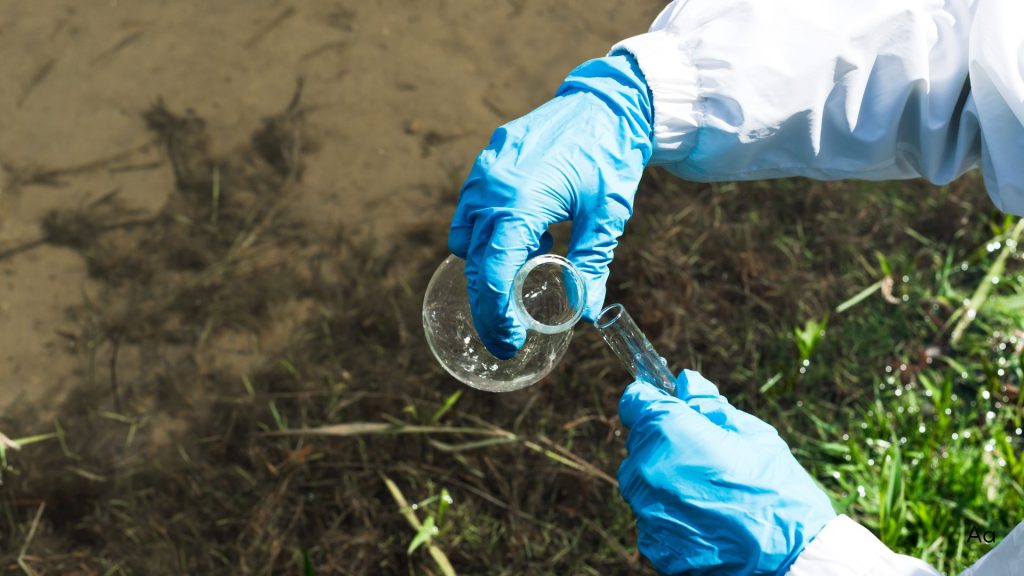Water Quality Testing and Monitoring
- Directory » Water Quality Testing and Monitoring

Water quality testing and monitoring are essential components of effective water management, ensuring the safety and suitability of water for various applications. These practices involve the systematic collection, analysis, and interpretation of water samples to assess physical, chemical, and biological parameters. The data obtained from water quality testing and monitoring helps in detecting contaminants, evaluating treatment processes, and ensuring compliance with regulatory standards.
Overview
Water quality testing and monitoring encompass a range of activities aimed at assessing the condition of water sources and treated water. These activities are crucial for protecting public health, maintaining environmental quality, and supporting industrial and agricultural operations.
• Sampling: Collecting water samples from various points in the water system, including sources, treatment facilities, and distribution networks.
• Analysis: Using laboratory and field-based methods to measure water quality parameters.
• Monitoring: Continuous or periodic assessment of water quality to track changes over time and ensure compliance with standards.
Key Parameters
Water quality testing involves measuring a variety of parameters that provide information about the condition of the water:
• Physical Parameters: Include temperature, turbidity, color, and total suspended solids (TSS).
• Chemical Parameters: Encompass pH, dissolved oxygen (DO), biochemical oxygen demand (BOD), chemical oxygen demand (COD), nutrients (nitrogen and phosphorus), heavy metals, and organic contaminants.
• Biological Parameters: Assess the presence of microorganisms, such as bacteria, viruses, and protozoa, as well as bioindicators like algae and macroinvertebrates.
How It Works
The process of water quality testing and monitoring typically involves several steps:
1. Sampling: Water samples are collected from designated locations using appropriate techniques to avoid contamination and ensure representative samples.
2. Preservation and Transport: Samples are preserved and transported to the laboratory under controlled conditions to prevent changes in water quality parameters.
3. Analysis: Laboratory and field-based methods are used to analyze the samples. Common techniques include spectroscopy, chromatography, titration, and microbiological assays.
4. Data Interpretation: Results are interpreted to assess water quality, identify trends, and detect any deviations from regulatory standards.
5. Reporting: Findings are documented and reported to relevant authorities, stakeholders, and the public.